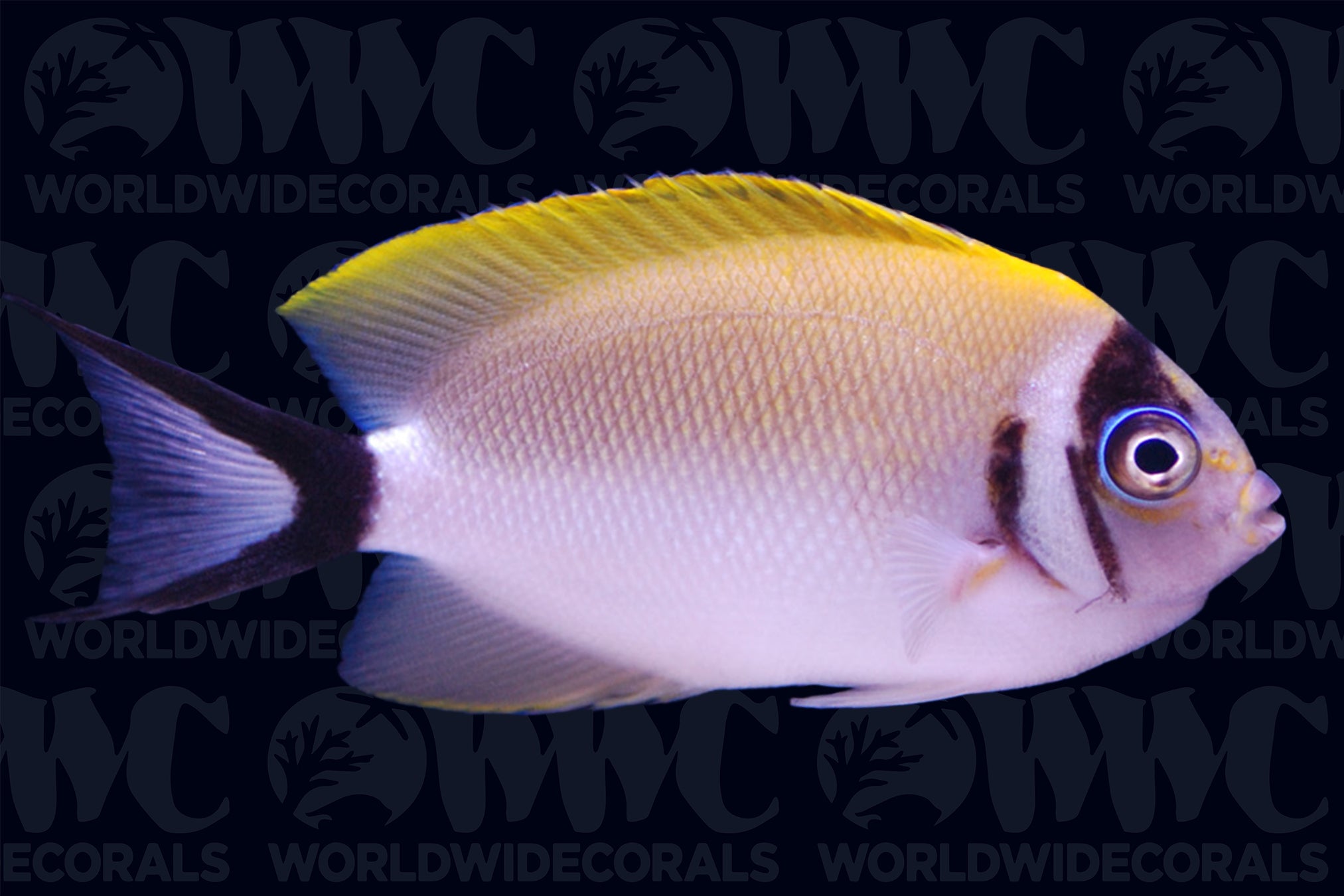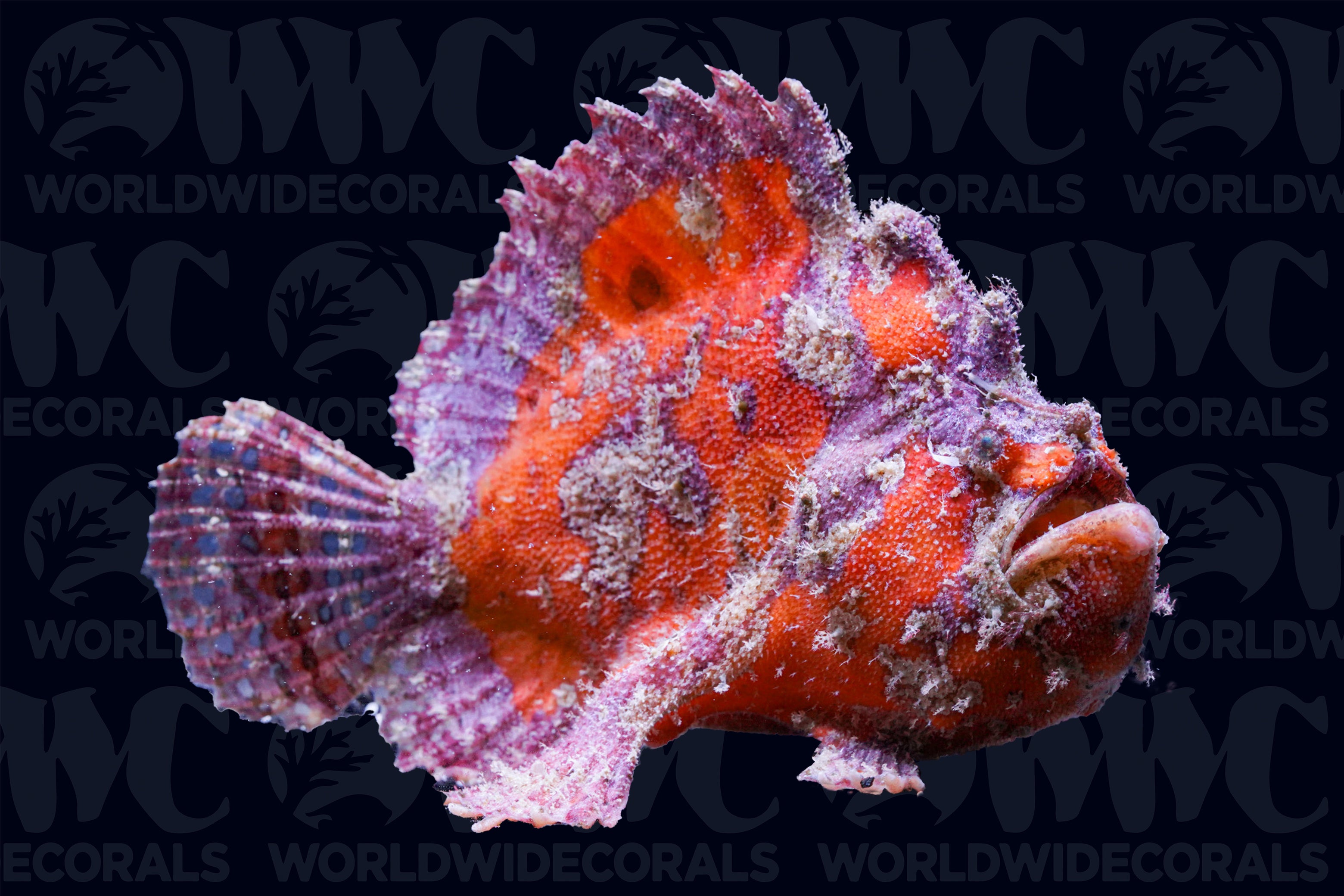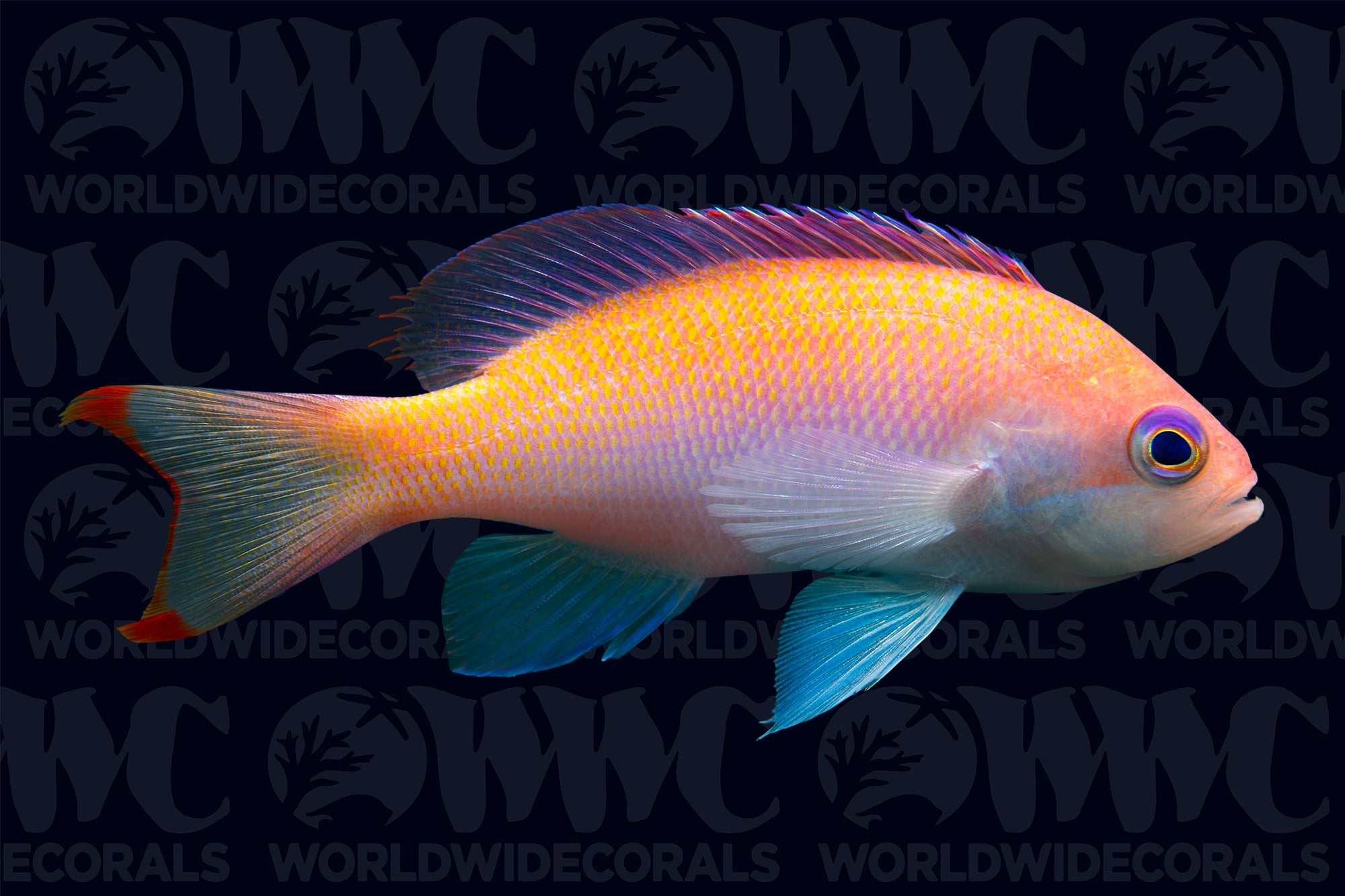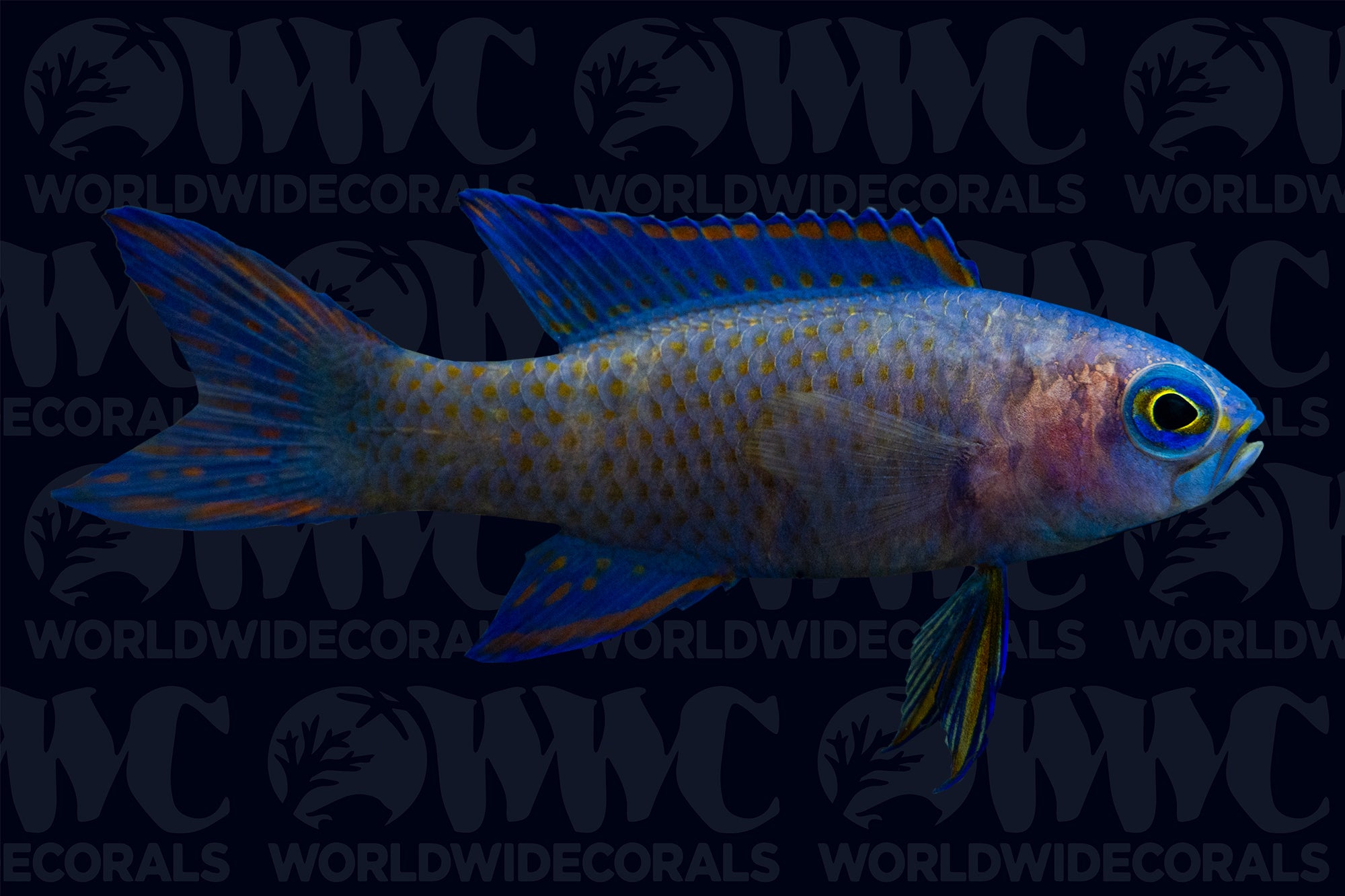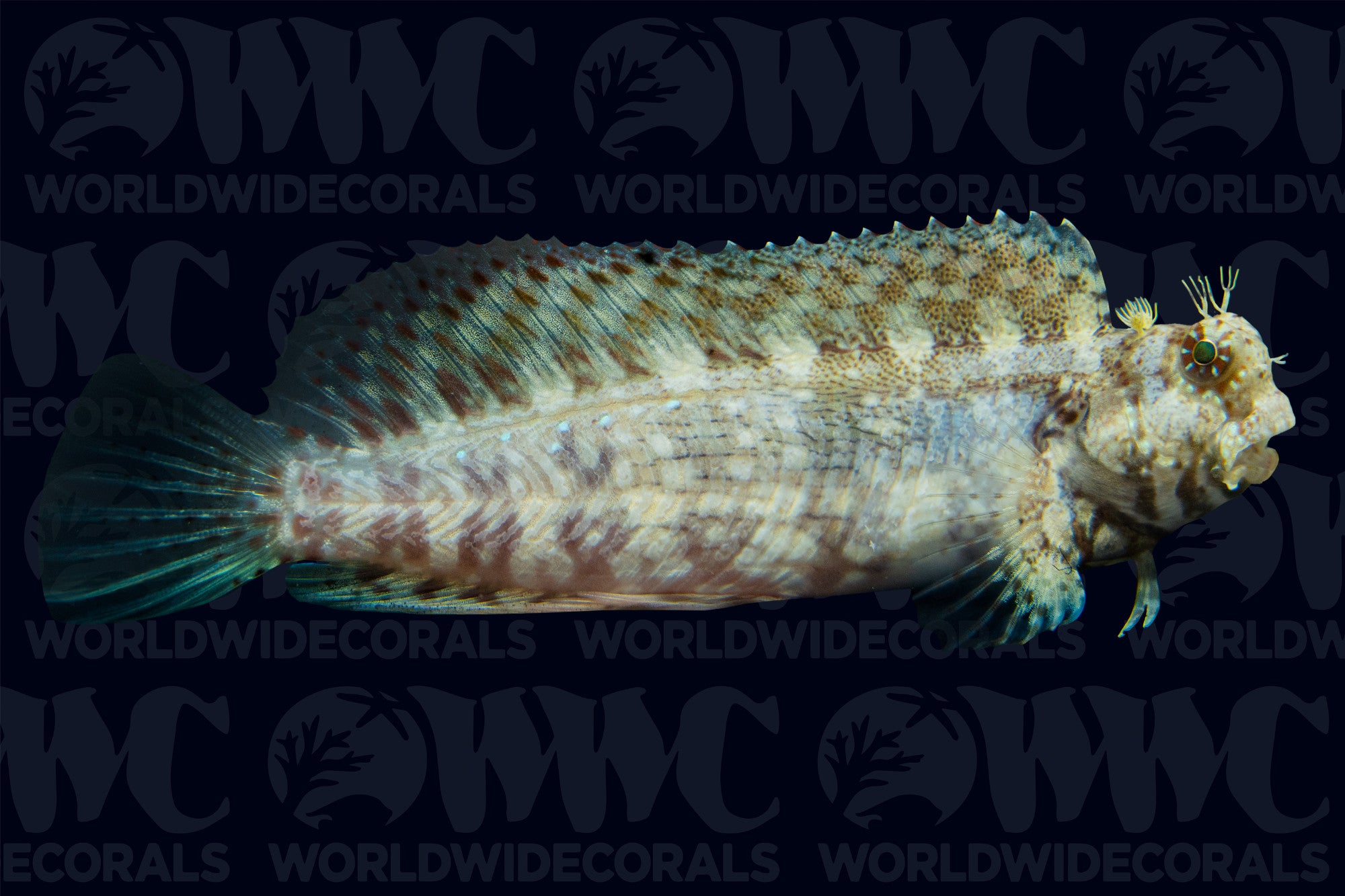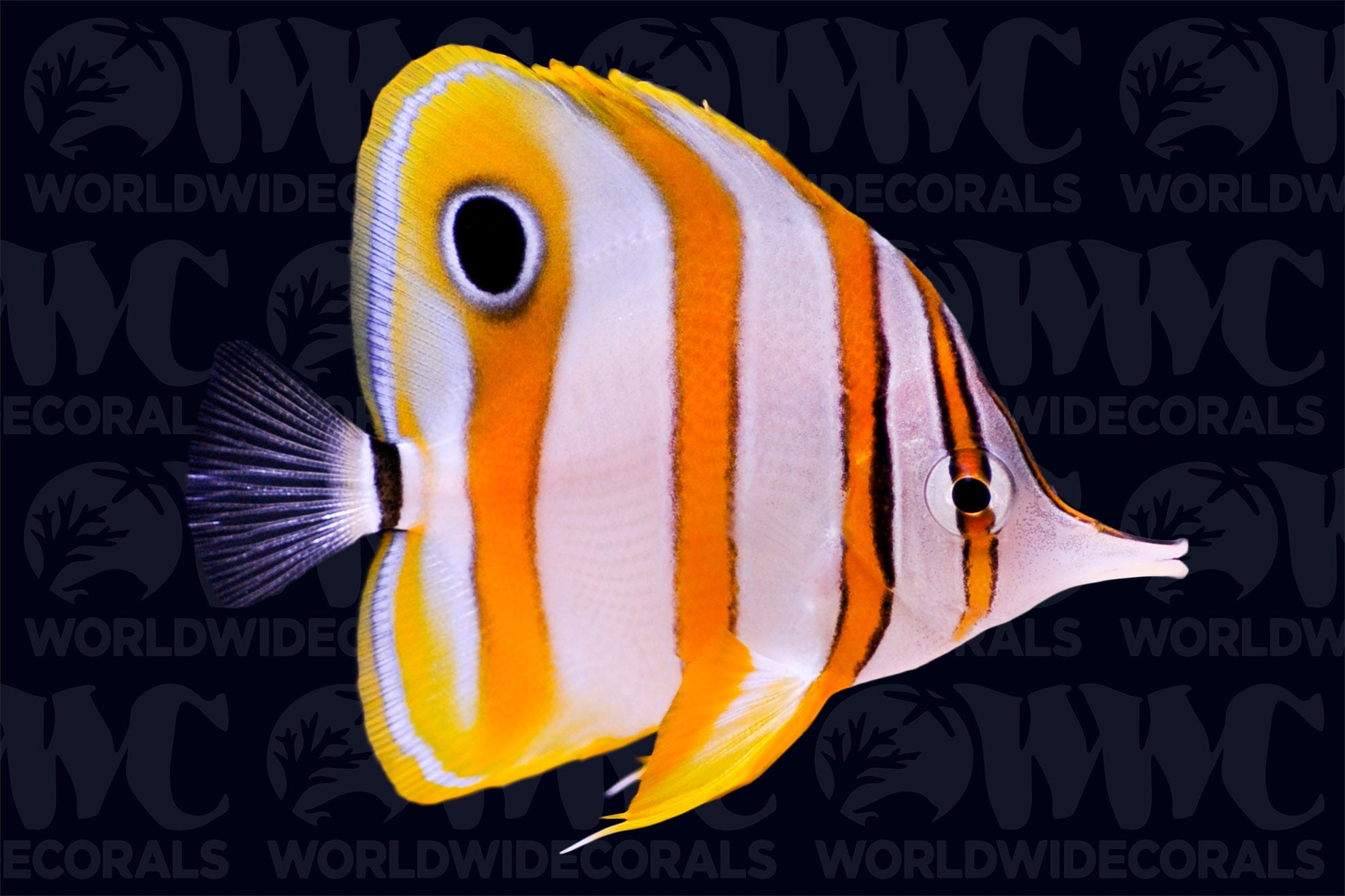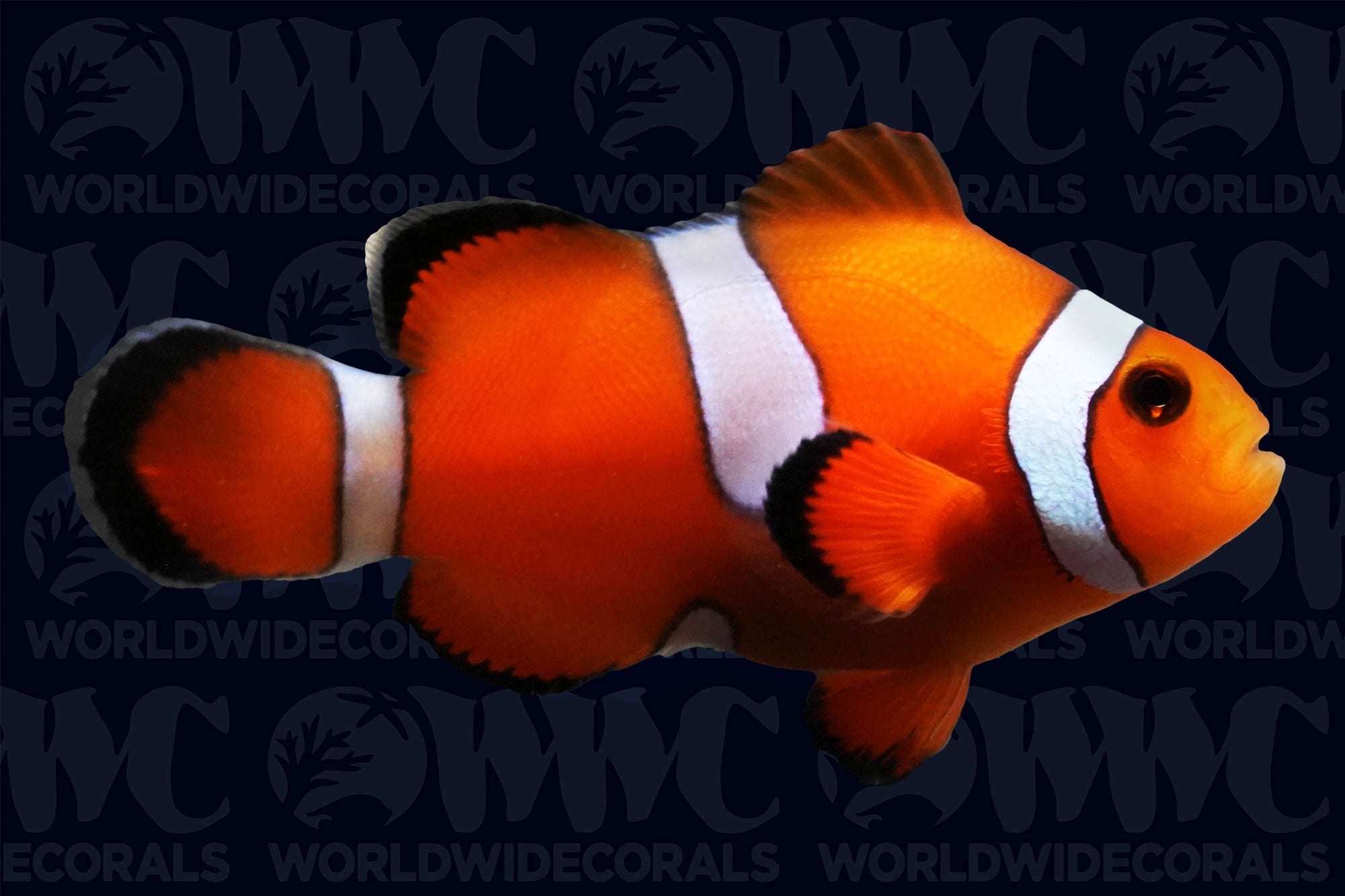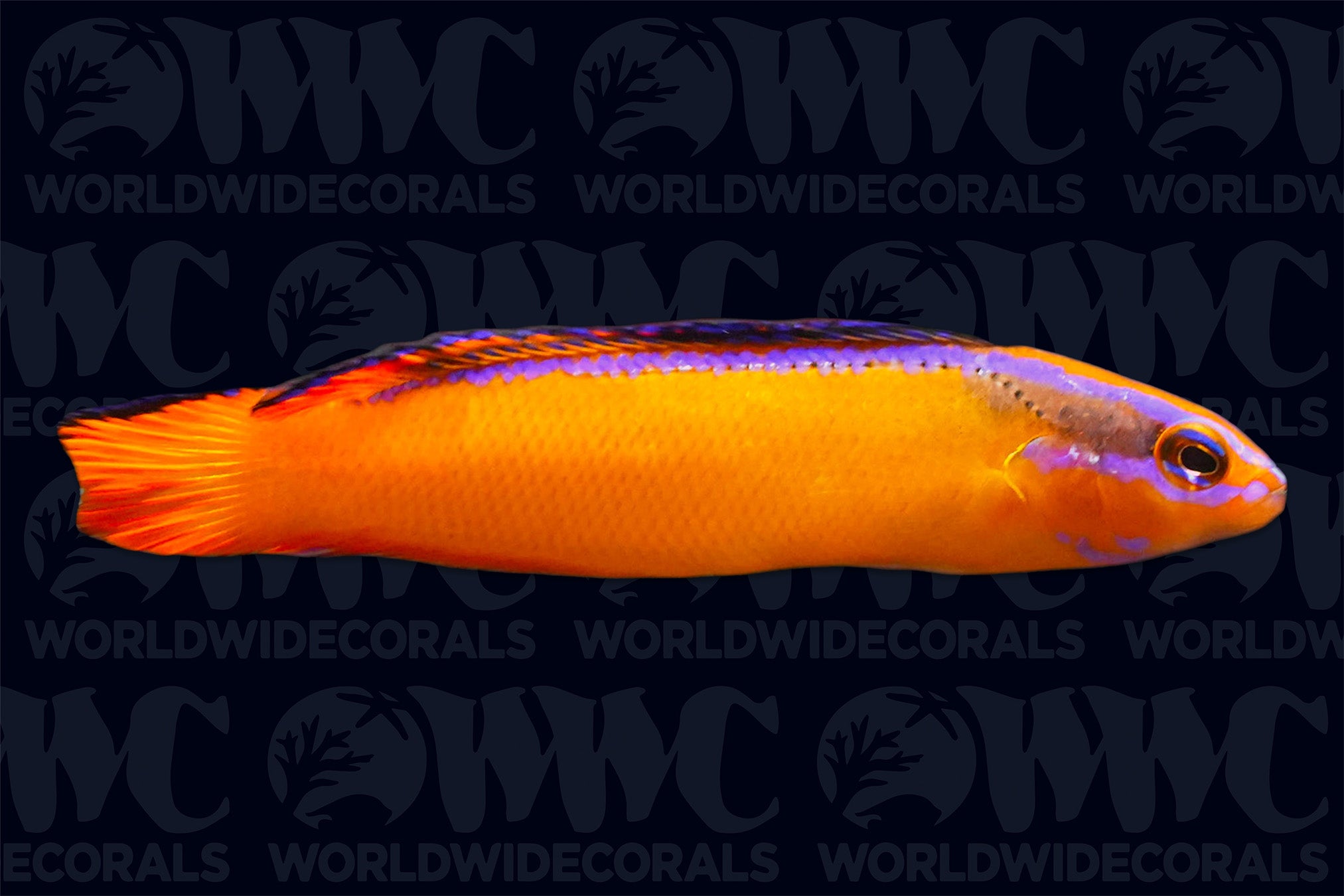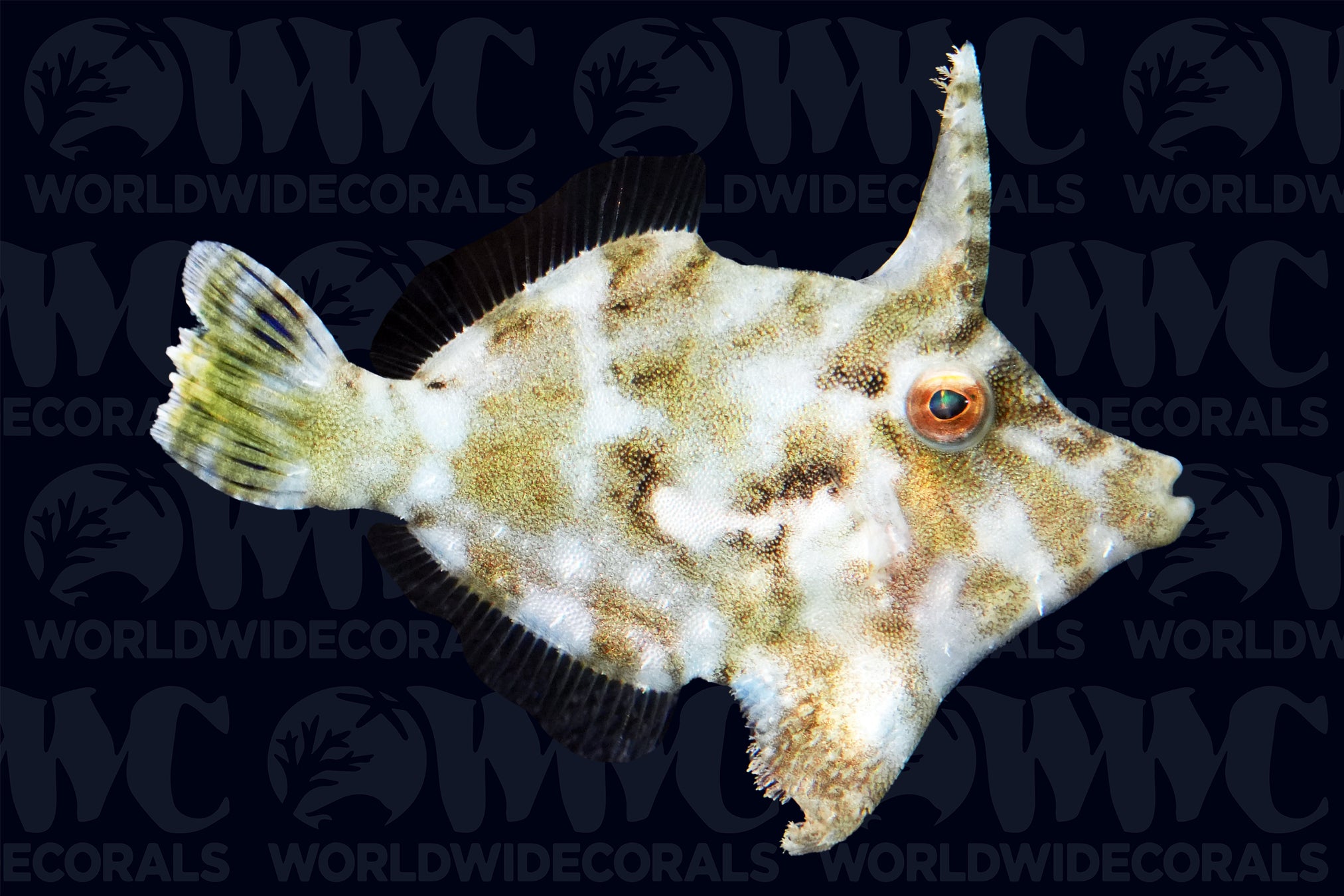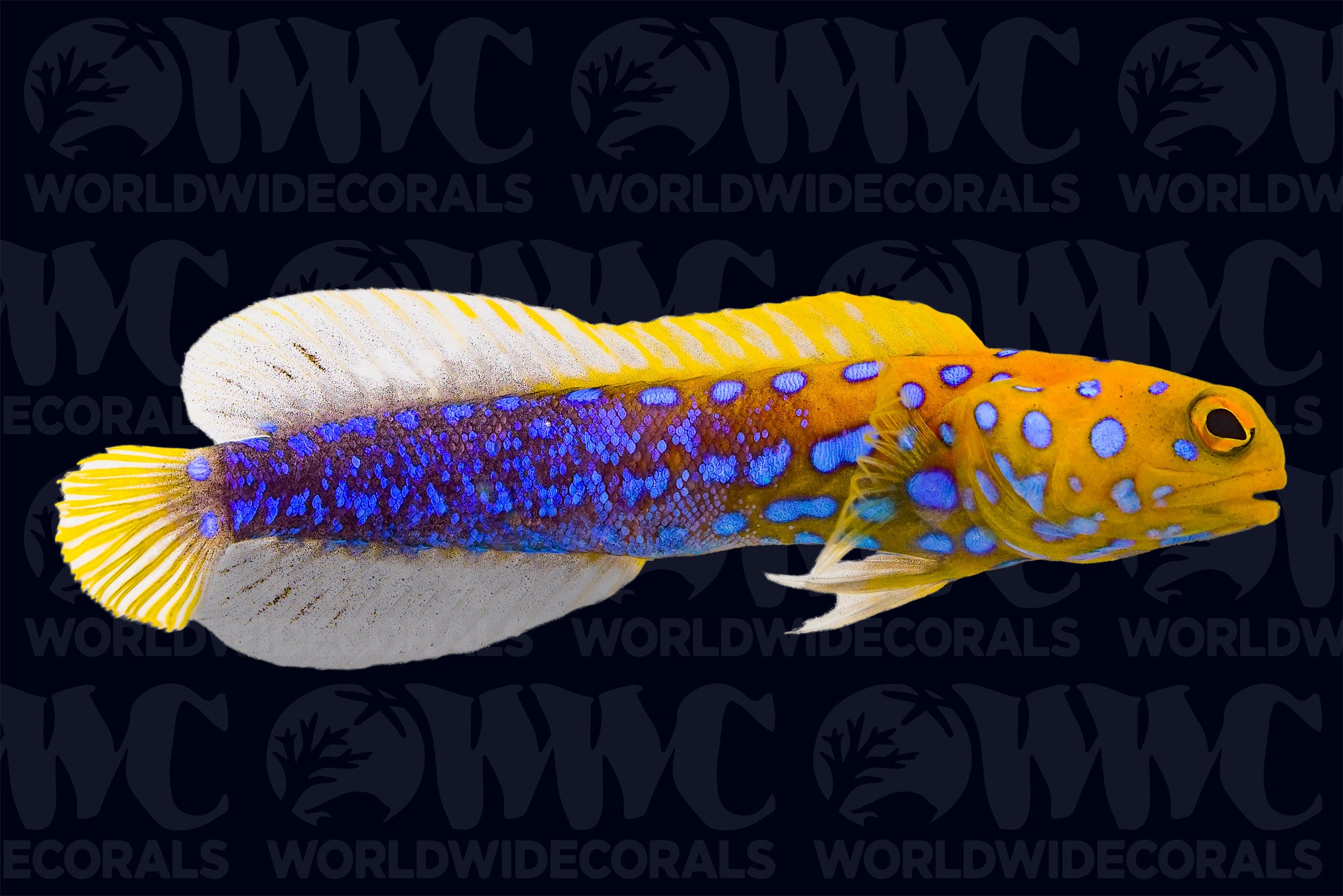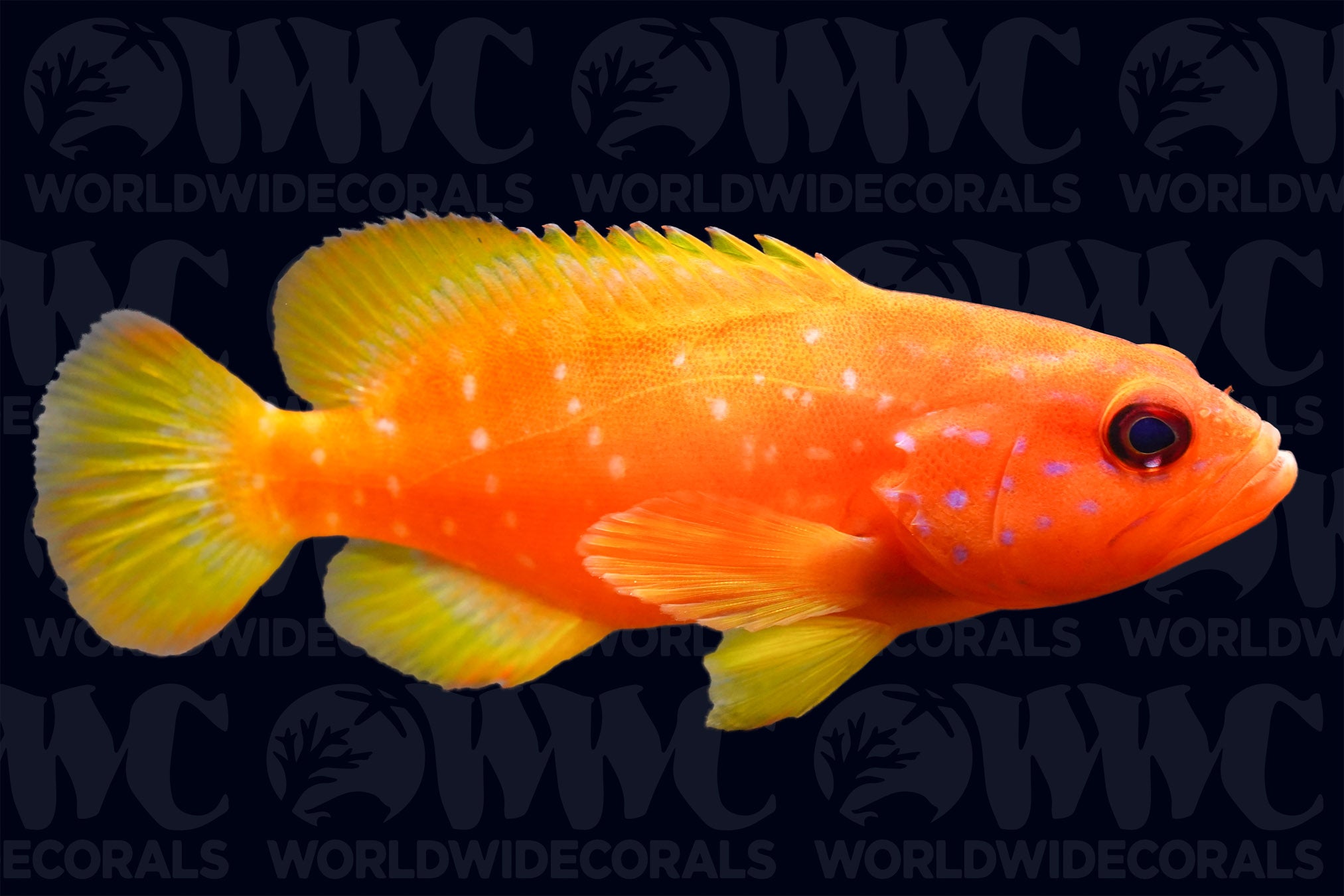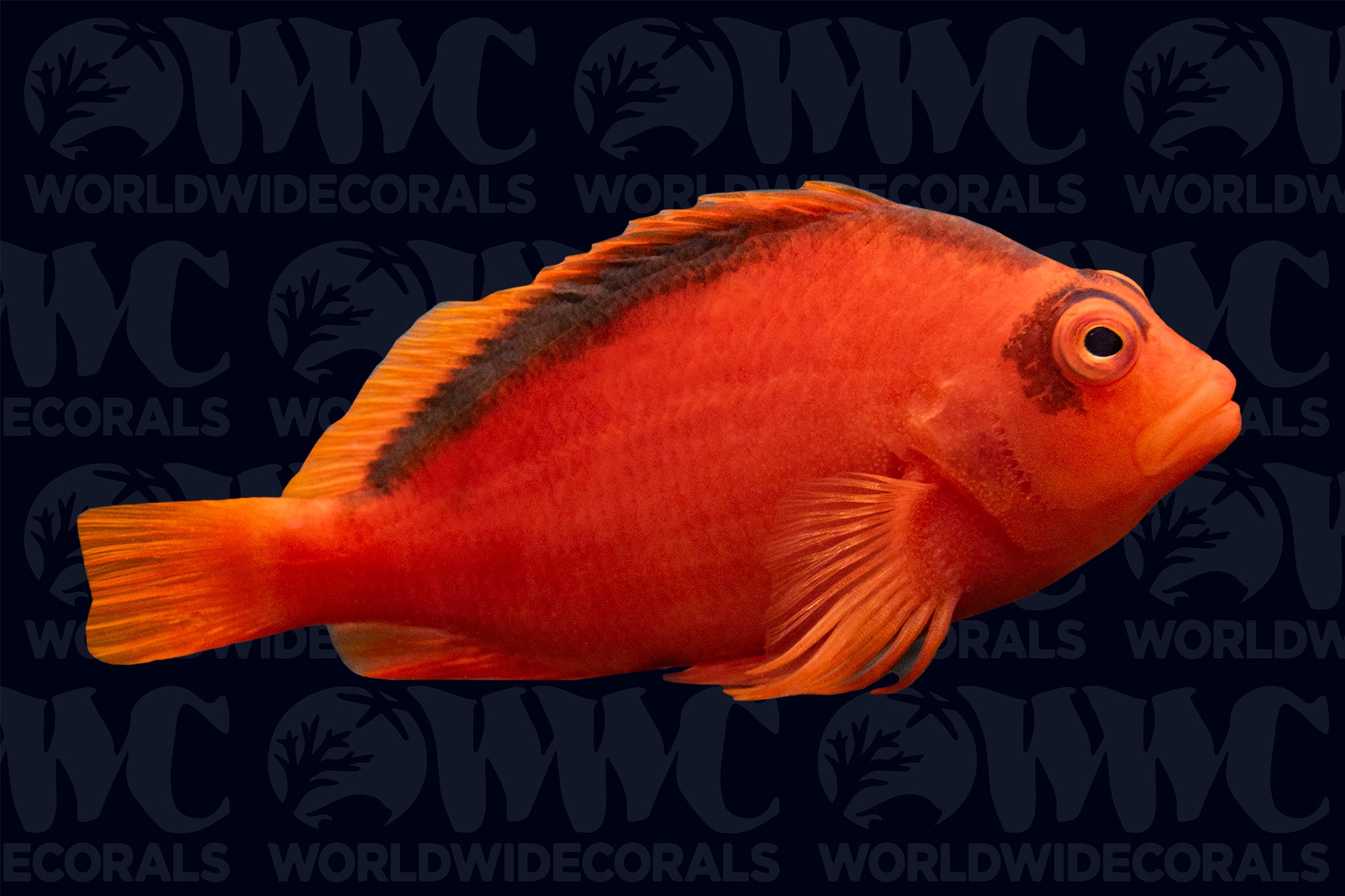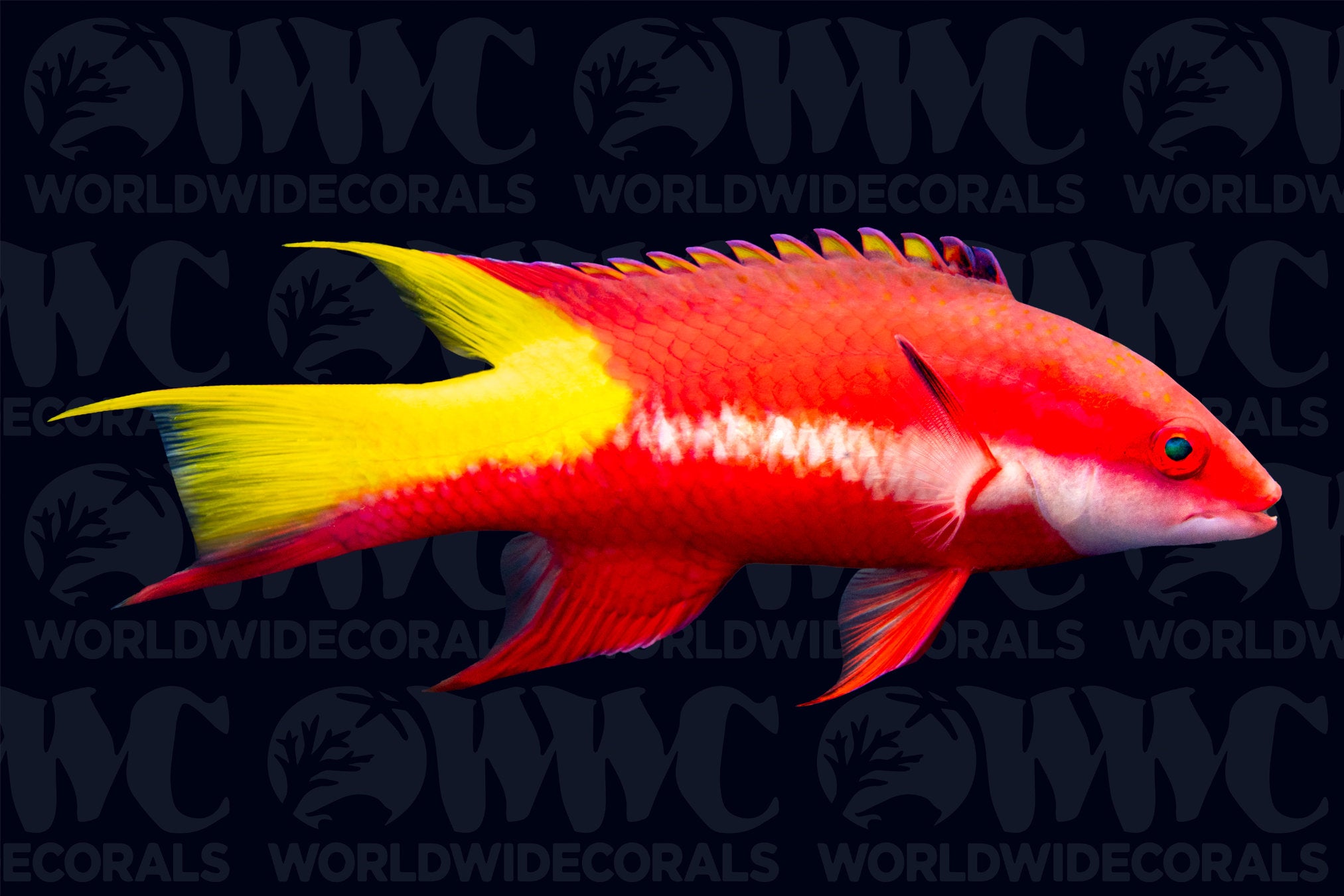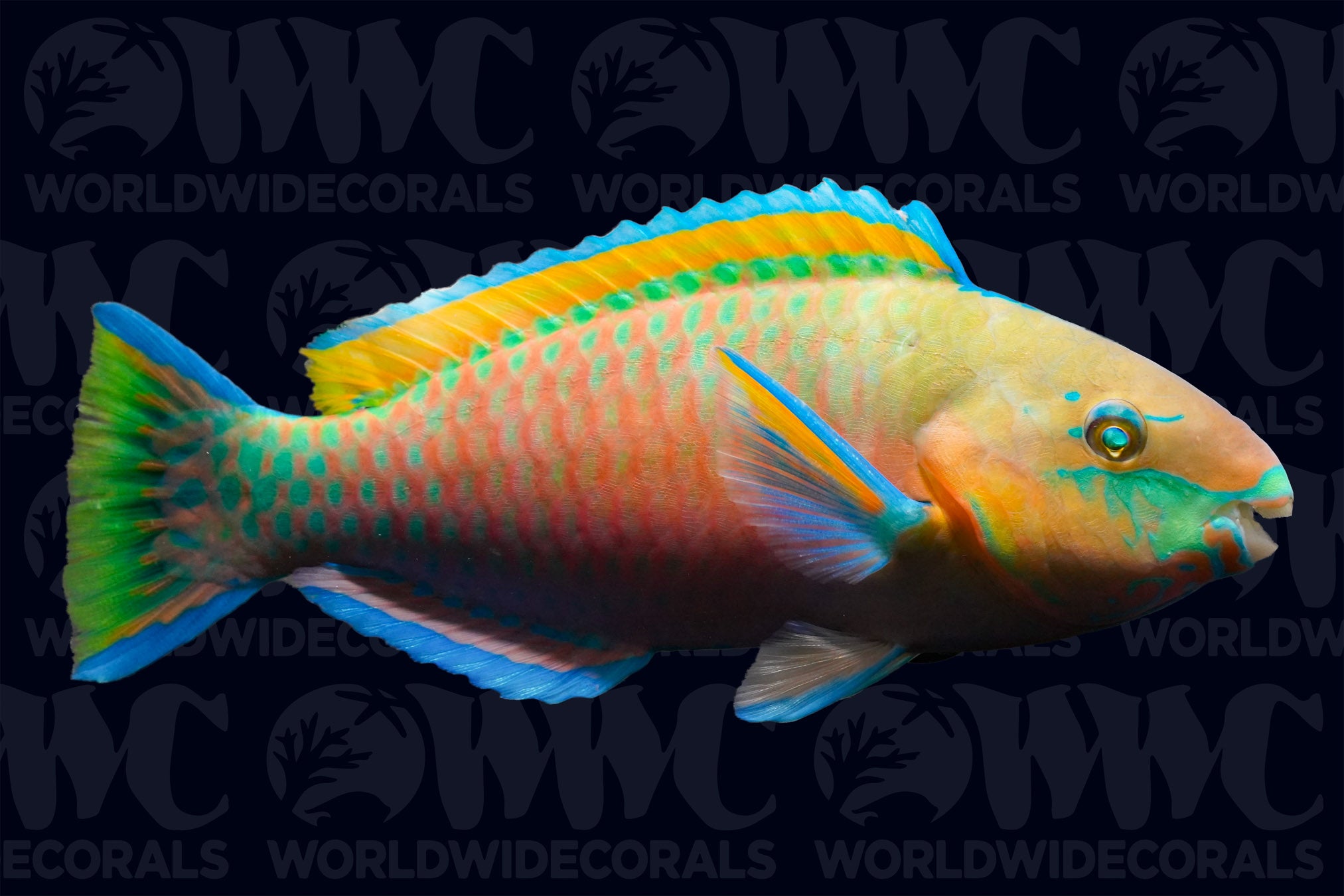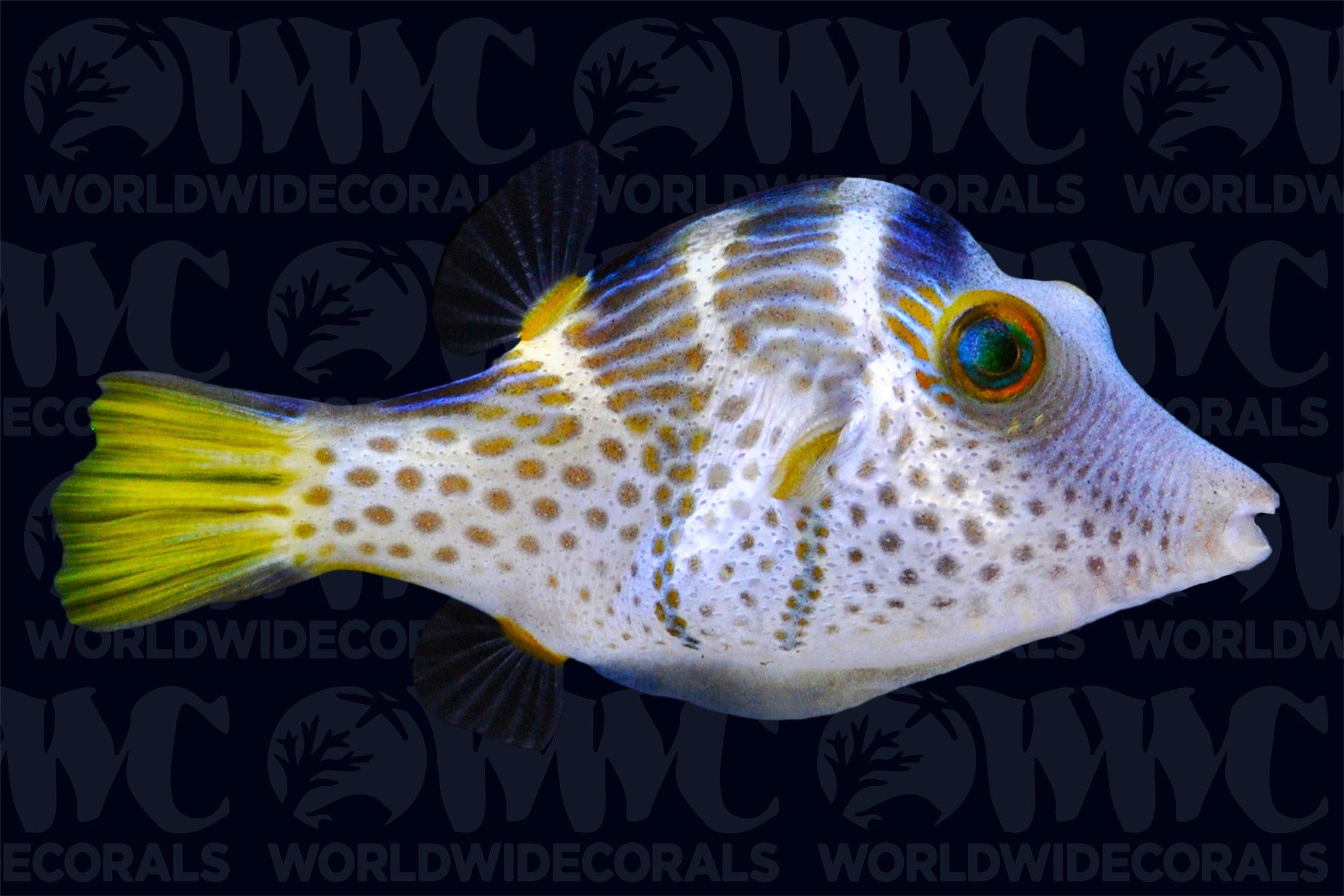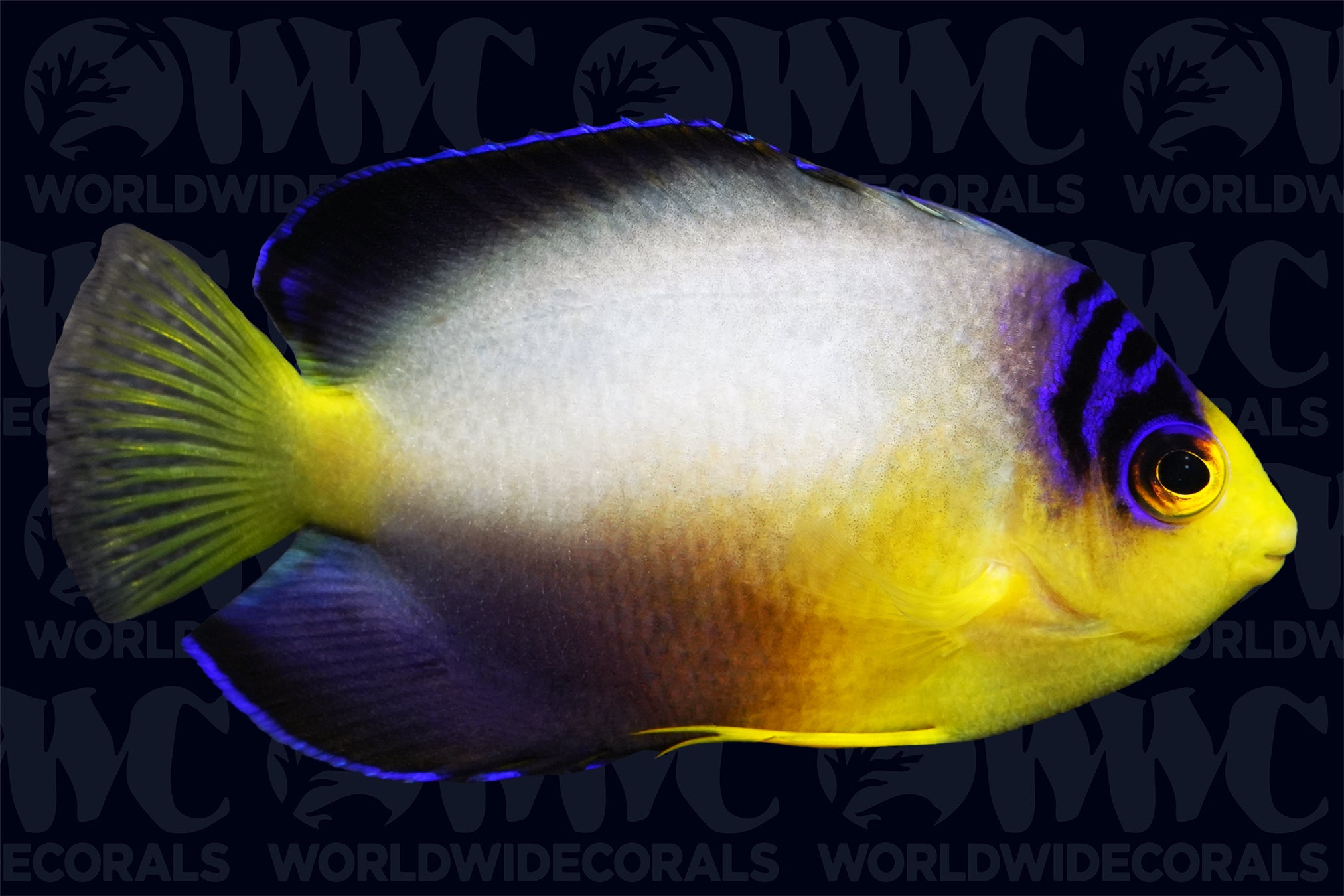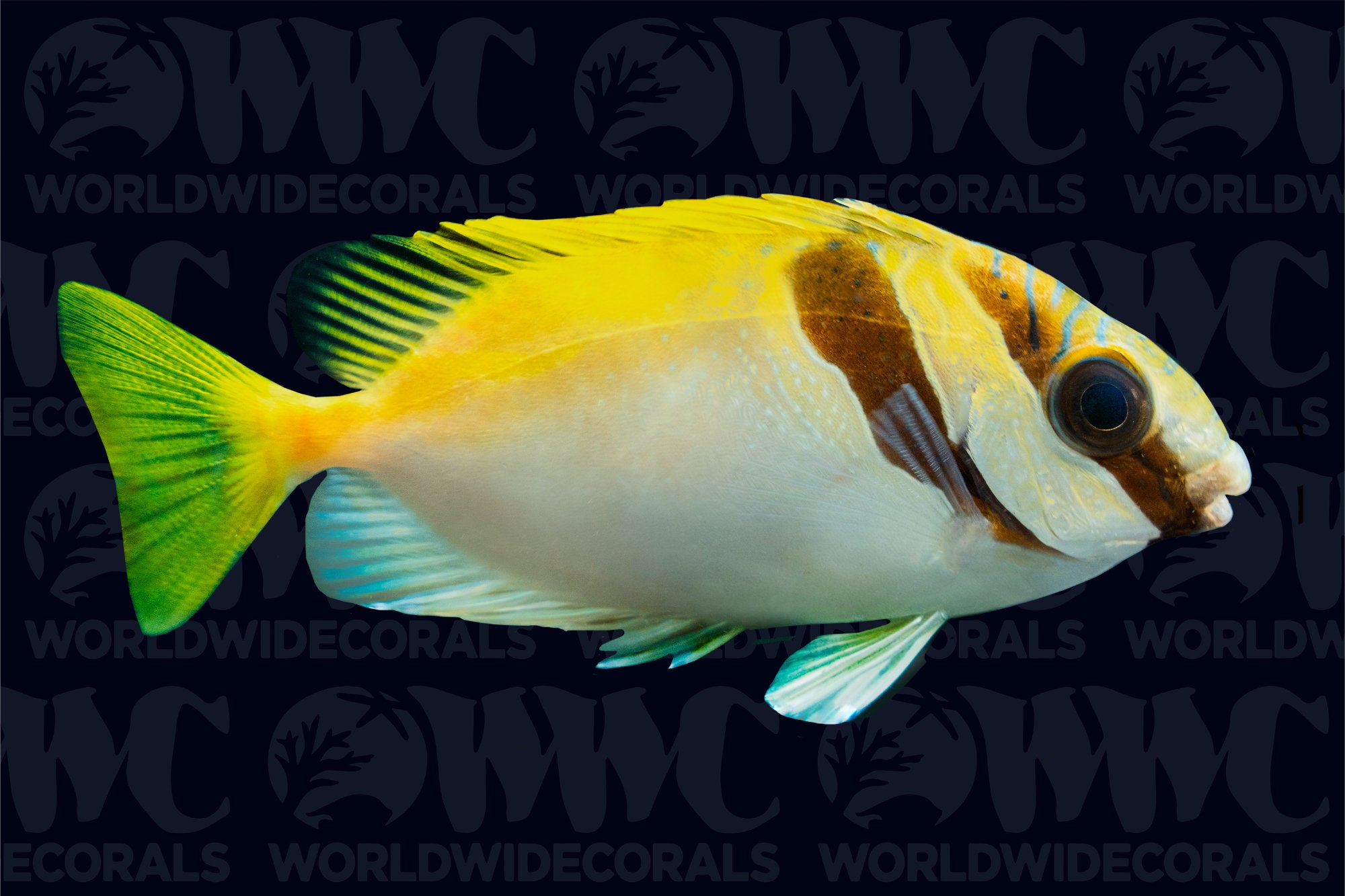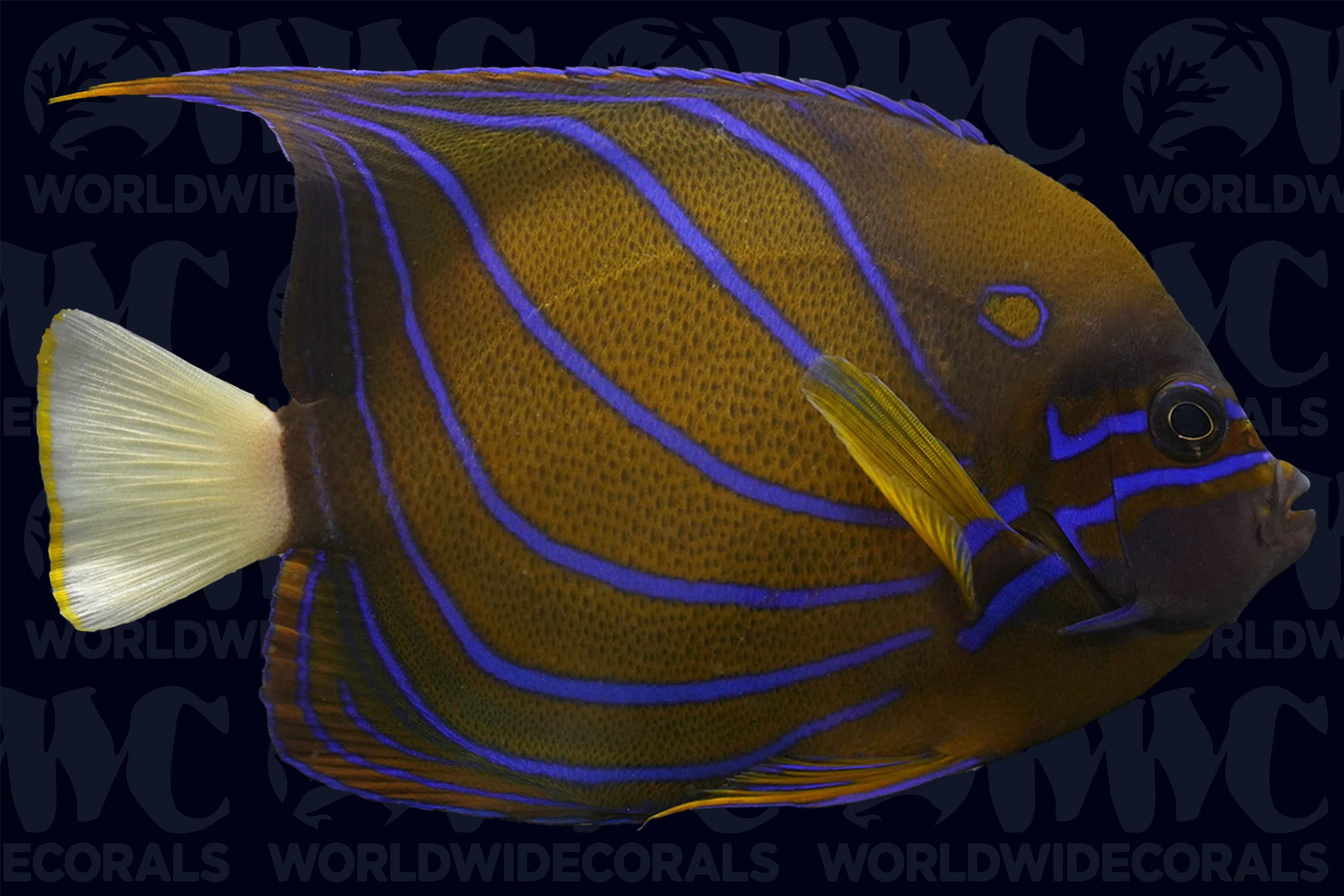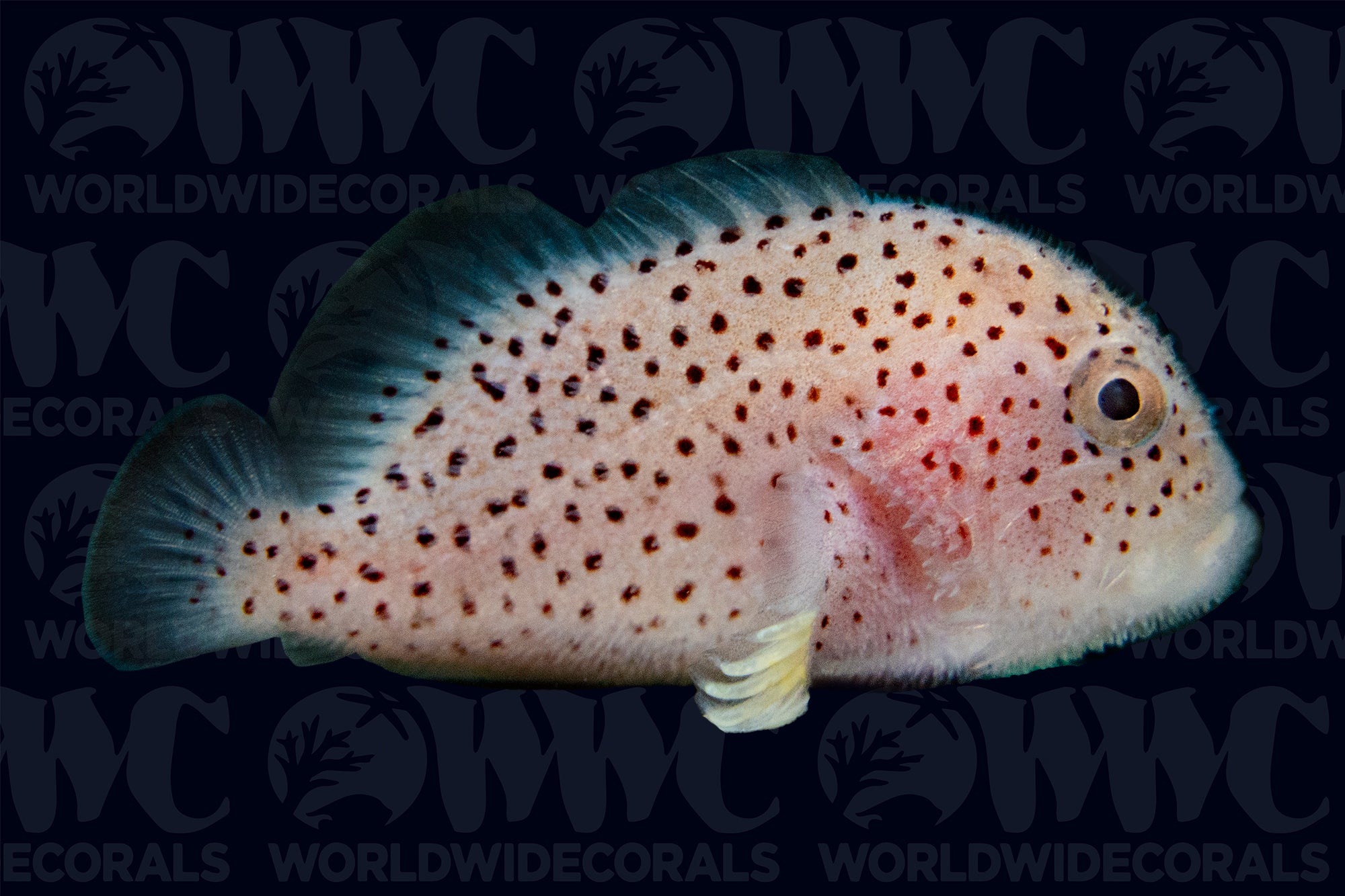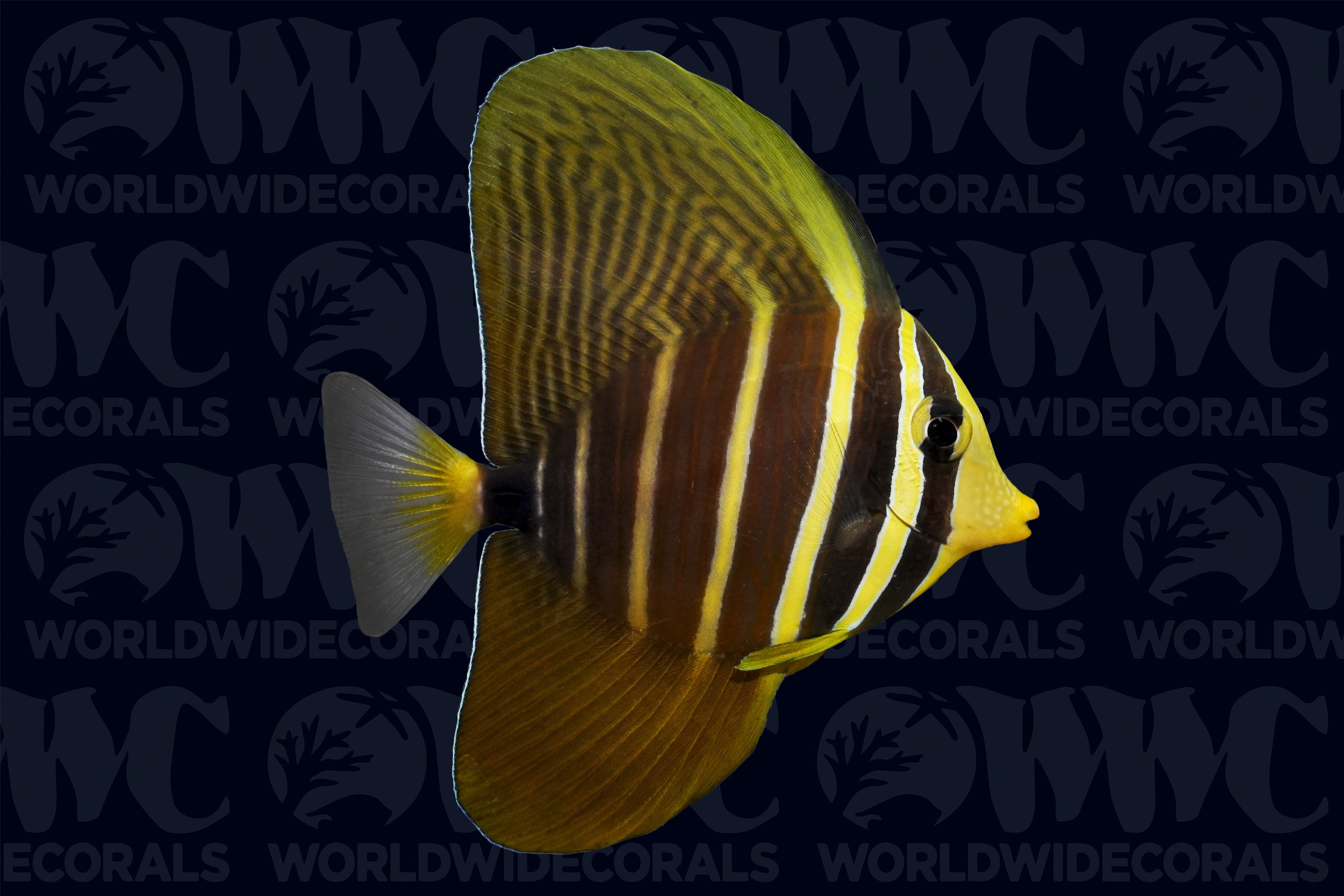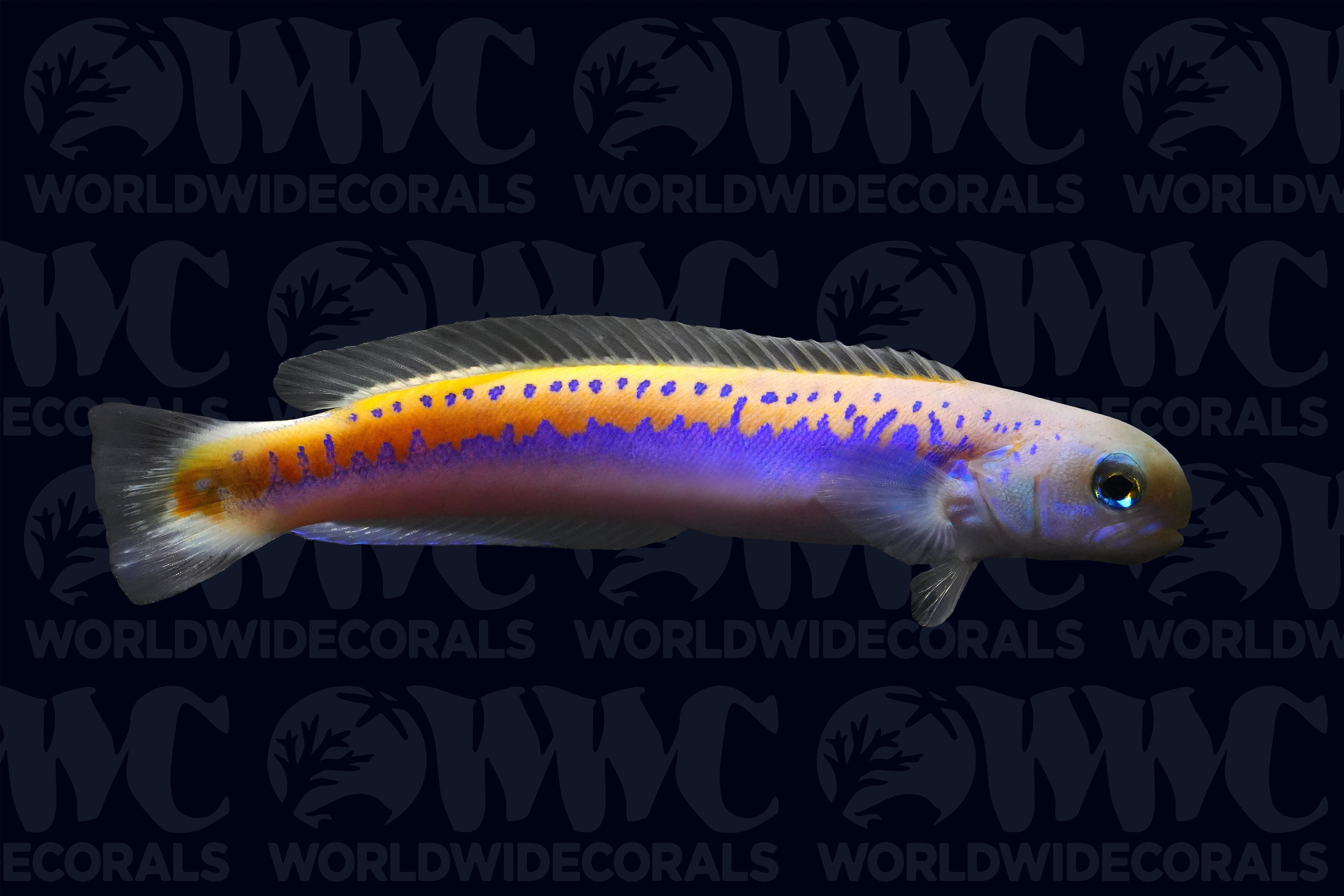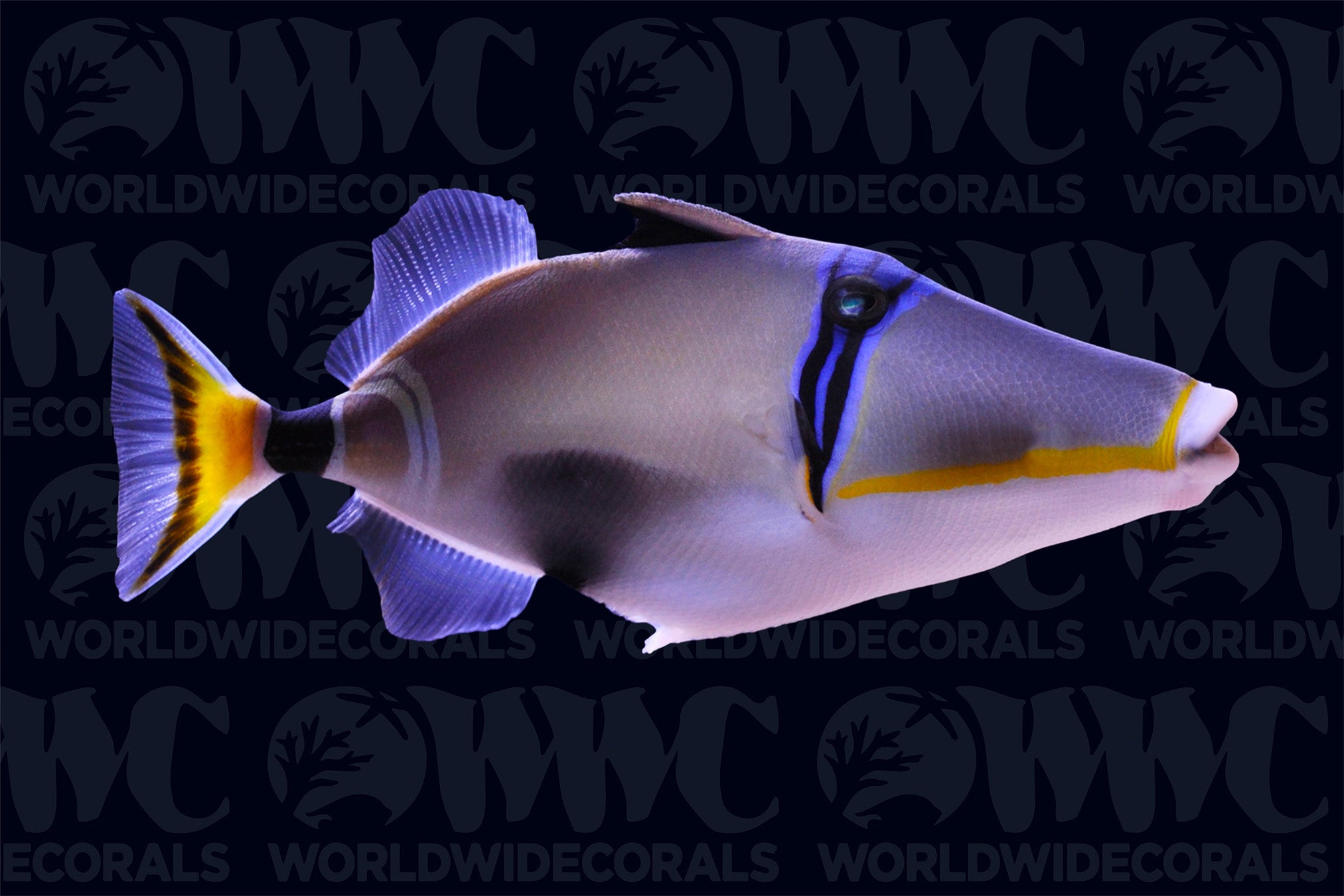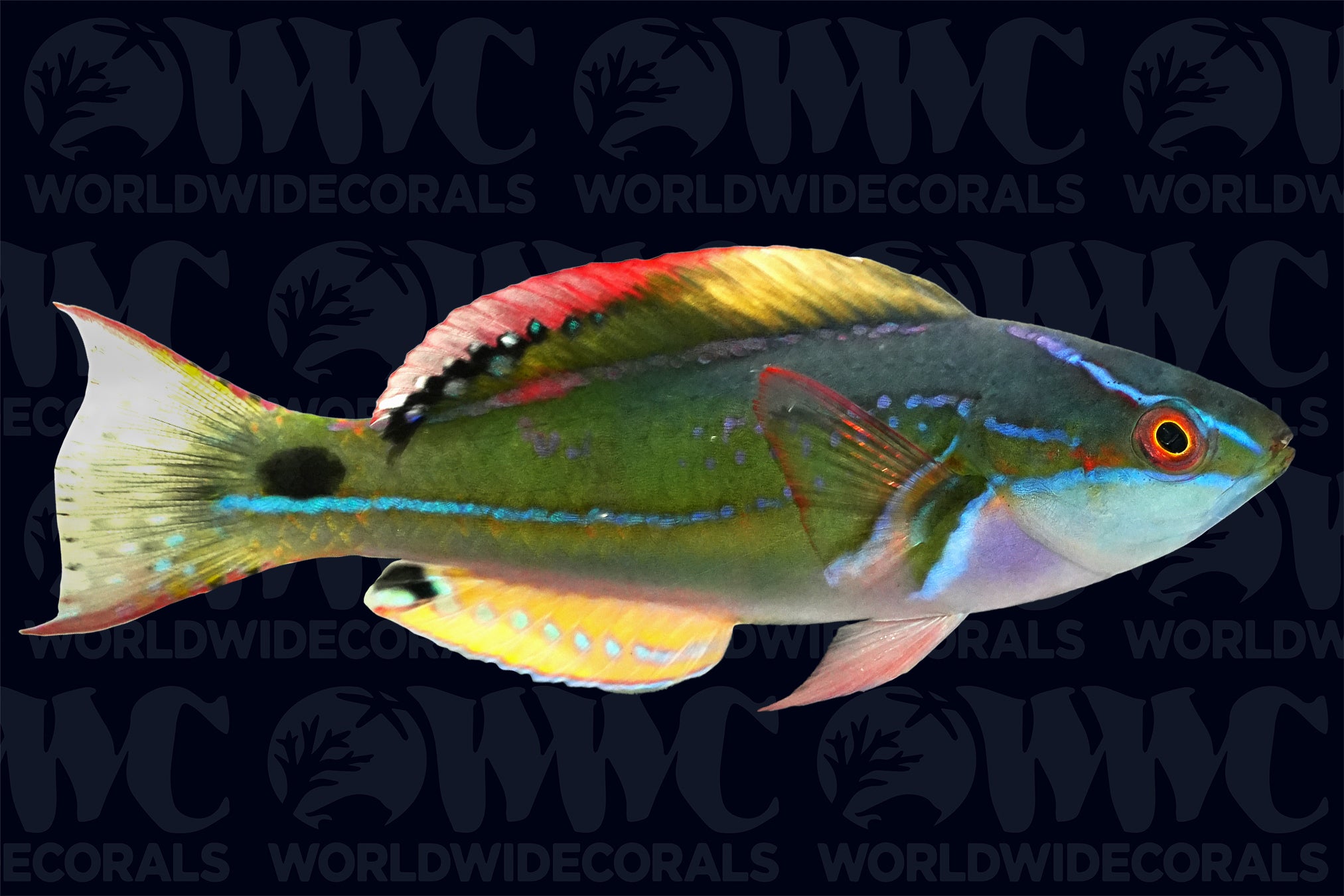Description
Genicanthus semifasciatus
Masked Swallowtail Angelfish are renowned for their peaceful nature and compatibility with reef environments. However, male specimens may become territorial towards other males, so it's best to house several females with a single male in an aquarium. These Angels have cheek spines along the edge of their gill covers, so handle with care and avoid using nets, as they could become entangled and injured. Both male and female Genicanthus Angels display a blue body, with males showing a slightly deeper hue and distinctive dark or black horizontal stripes along their lower body, plus an orange stripe from midsection to tail. Females feature dark outlines on their anal and dorsal fins. These Angels are commonly referred to as Swallowtail or Lyretailed Angelfish. As omnivores, they require a varied diet that includes frozen and prepared Angelfish foods, as well as flakes with Spirulina and Nori. Due to their active lifestyle, multiple feedings per day are recommended. Growing up to 8 inches, they thrive in aquariums of at least 100 gallons, providing ample space for swimming. In their natural habitat within the Indo-West Pacific, they inhabit areas with strong currents near slopes and drop-offs, often at depths reaching 600 feet.
Masked Swallowtail Angelfish are renowned for their peaceful nature and compatibility with reef environments. However, male specimens may become territorial towards other males, so it's best to house several females with a single male in an aquarium. These Angels have cheek spines along the edge of their gill covers, so handle with care and avoid using nets, as they could become entangled and injured. Both male and female Genicanthus Angels display a blue body, with males showing a slightly deeper hue and distinctive dark or black horizontal stripes along their lower body, plus an orange stripe from midsection to tail. Females feature dark outlines on their anal and dorsal fins. These Angels are commonly referred to as Swallowtail or Lyretailed Angelfish. As omnivores, they require a varied diet that includes frozen and prepared Angelfish foods, as well as flakes with Spirulina and Nori. Due to their active lifestyle, multiple feedings per day are recommended. Growing up to 8 inches, they thrive in aquariums of at least 100 gallons, providing ample space for swimming. In their natural habitat within the Indo-West Pacific, they inhabit areas with strong currents near slopes and drop-offs, often at depths reaching 600 feet.
3 DAY GUARANTEE | Hassle Free | 100% Satisfaction | Online Orders Only


